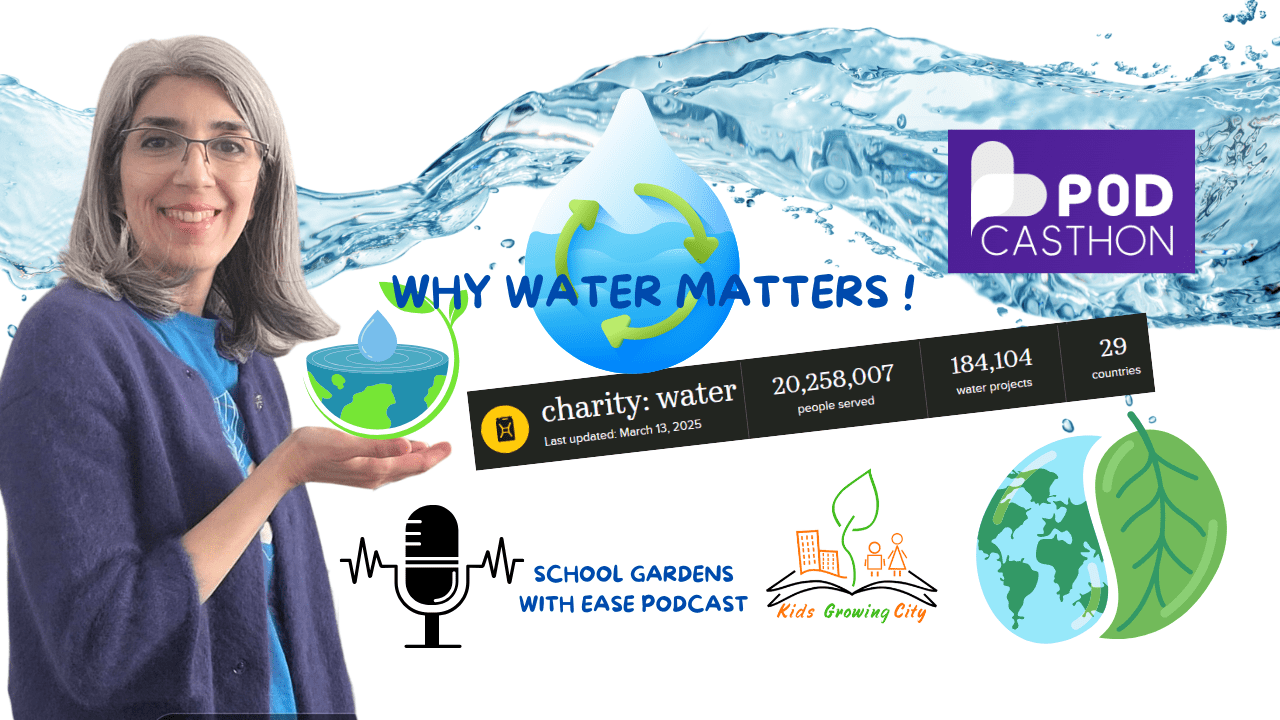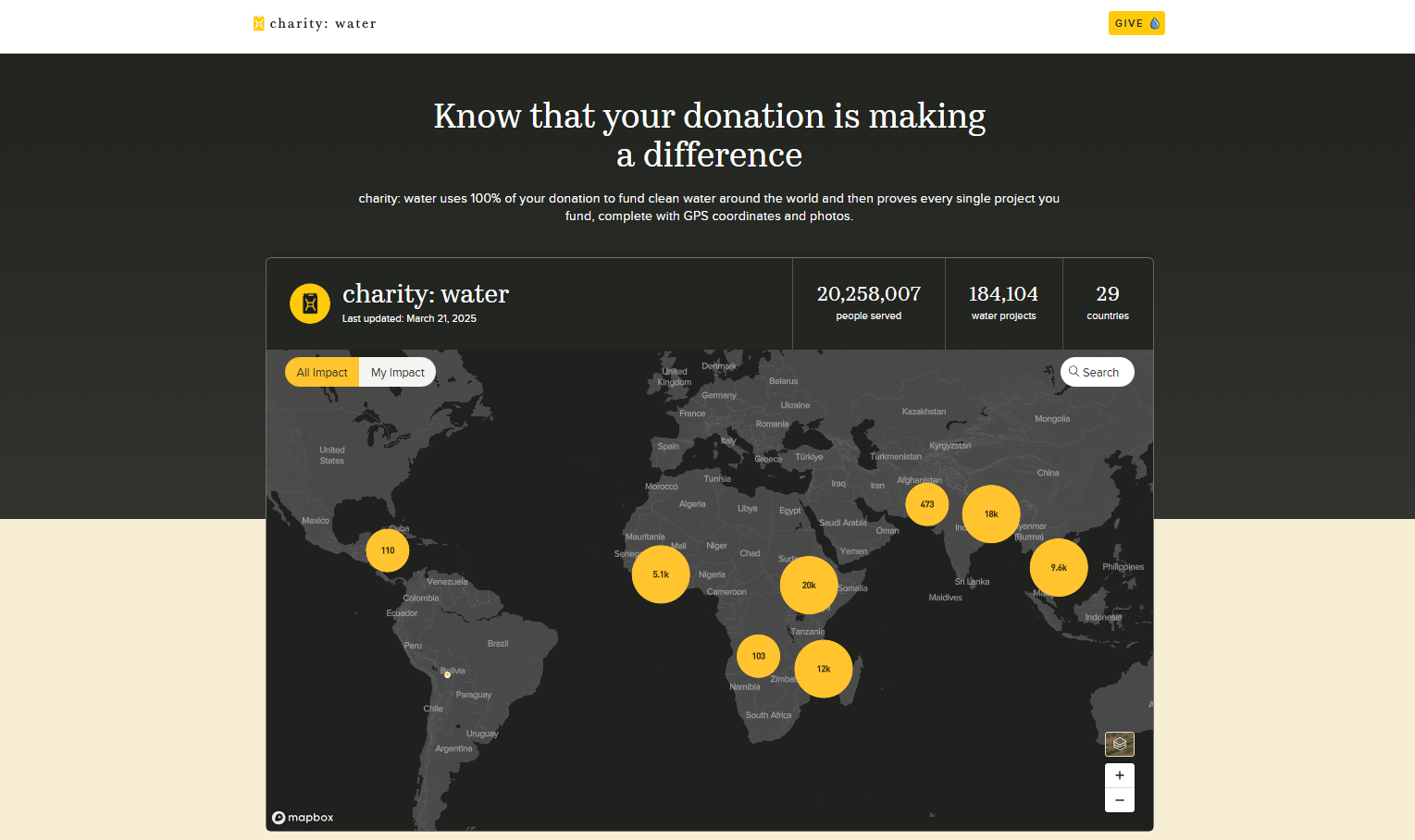
Water: The Lifeline of Your School Garden and Beyond!
Mar 24, 2025Imagine this: It’s summer break, and your school garden, once thriving with leafy greens and budding tomatoes, is now struggling. The culprit? Water, or rather, the lack of it.
For many school gardens, summer maintenance is a major challenge. And of all the tasks, weeding, fertilizing, pest control, etc. watering is the one you simply can’t skip.
Can you skip the rest? Yes, as a matter of fact you could! In fact I am soon opening doors to a brand new class all about how to skip all other chores called "School Garden with Almost No Summer Maintenance".
And as you might have guessed, the reason I had to use the word almost, is precisely, because watering is the chore that cannot be completely skipped! Reduced? Yes! (And I will cover that in the class too). But completely eliminated? Nope!
But water isn’t just a school garden issue. It’s a global issue.

The Overlooked Water Crisis
We rarely think twice before turning on the tap. But did you know that 703 million people lack access to clean drinking water? And many of them are closer to home than you’d expect.
Water scarcity isn’t just a statistic—it’s a reality with life-or-death consequences. Lack of clean water leads to disease, food insecurity, and limited educational opportunities for children worldwide.
A broken water cycle leads to deforestation which in turn breaks the water cycle even more, resulting in drought one day and flood the other, all over the world!
What Does This Have to Do With Your School Garden?
A garden is an incredible teaching tool—not just for food production, but for understanding the water cycle, conservation, sustainability, and regenerative practices.
Here’s how water directly impacts your garden and your students’ learning:
✅ Water shapes ecosystems – Teaching kids how forests, wetlands, and soil store and filter water helps them understand climate resilience.
✅ Food security starts with clean water – If water sources are contaminated, so is our food. Growing a school garden organically and regeneratively protects water quality.
✅ Smart design = less water waste – With proper planning, you can reduce watering needs by up to 80% while still maintaining a thriving garden.
Simple Ways to Teach Kids About Water in Your Garden
🌱 Start with soil health – Mulching and composting reduce evaporation and improve water retention.
🌱 Observe the water cycle – Use rain barrels to collect water and show students how nature provides solutions.
🌱 Compare water use – Track how much water your garden needs and explore ways to reduce waste.
🌱 Discuss water access globally – Explore how communities without reliable water sources struggle with food production and health.
A Charity That’s Changing the Game
One of my favorite organizations, Charity:Water, is tackling this issue head-on. Their 100% model ensures that every public donation goes directly to building clean water projects—no administrative overhead.
Why does this matter? Because water changes everything. It improves health, supports agriculture, and allows children to spend time in school instead of walking miles to collect water.
Let’s Make Water a Priority
If you’re a teacher, parent, or garden advocate, start the conversation about water. Use your garden as a learning lab, explore conservation techniques, and discuss the global water crisis with your students.
💧 Want to learn more? Listen to my latest podcast episode where I dive deeper into this topic and share practical solutions!
🎙️ Listen here: https://youtu.be/fmcOB8r3zDc
Let’s work together to protect and respect our most valuable resource—one drop at a time.


